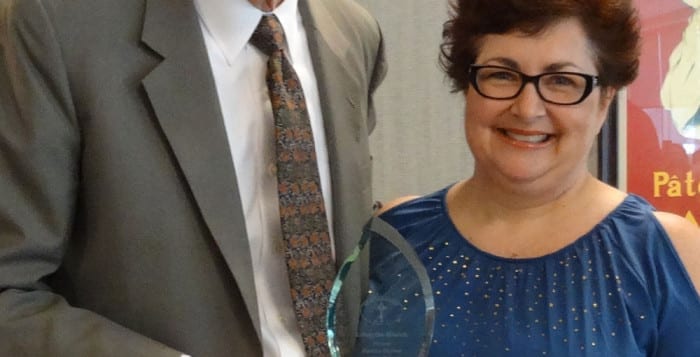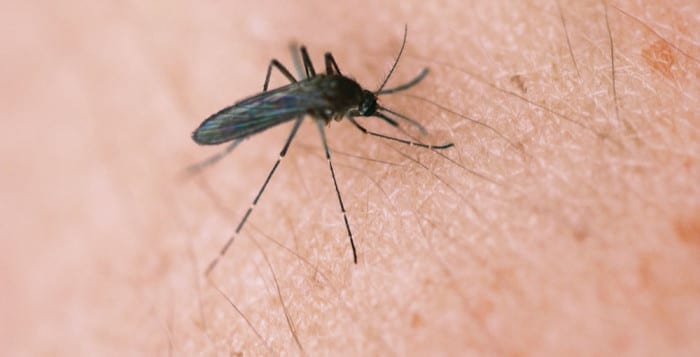A military report has concluded that one in three Americans are currently too overweight to enlist in the armed services.
According to Still Too Fat to Fight, a military study, at least nine million Americans between the ages of 17 and 24 are too overweight to serve in the military. The Army Recruiting Station of Smithtown has witnessed this problem in some of their applicants.
Still Too Fat to Fight and its predecessor Too Fat to Fight, both released by Mission: Readiness, are studies that discuss the problems with overweight citizens and the military force.
“Being overweight or obese is the number one medical reason why young adults cannot enlist,” according to the study. “The United States Department of Defense spends approximately one billion dollars per year for medical care associated with weight-related health problems.”
Mission: Readiness is a national security organization, and their mission calls for smart investments in America’s children. It operates under the umbrella of the nonprofit Council for a Strong America.
“I’ve seen, in my experience, it’s been consistent that a certain amount of applicants have been too overweight to enlist,” Sgt. 1st Class Daniel Carmack said.
Retired Army Gen. Johnnie E. Wilson said, in Too Fat to Fight, that the threat could become much bigger.
“Childhood obesity has become so serious in this country that military leaders are viewing this epidemic as a potential threat to our national security,” he said. “We need America’s service members to be in excellent physical condition because they have such an important job to do.”
While Carmack said he does not foresee the issue becoming too threatening, he said it does “put us in a situation where we need to be more selective.”
Carmack, a senior ranking official at the Smithtown recruiting station, has been working in recruitment for the past four years, and has been on Long Island, at the Smithtown office, for the past two. He said he has found success with the Future Soldier Physical Fitness program.
The Future Soldier program is a training program that is “designed to get future soldiers ready for basic training,” Carmack said. The program includes information about basic training, general military orders, military time, and physical exercise.
The program is meant to make future soldiers more prepared, and also help motivate and train citizens who are interested in joining the military but are unable to due to issues like their weight.
“Most of the time, young ladies and men want to join the program, and they typically stay with us until they can enlist,” Carmack said. “I have worked with quite a few men and women to help them achieve their goal and get to that acceptable weight limit for Army standards.”
Future Soldier Anthony Troise, of Smithtown, has benefitted from this program.
When Troise was in high school, he discovered his interest in the military, and learned he would need to improve himself in order to enlist. He started training on his own, and once he was 17, met the standards and began attending the Future Soldiers program.
“I’ve lost a few pounds, and am benefiting physically and in my health overall from this program,” Troise said. “It’s a lot of physical fitness and a lot of cardio and core. Every time they want to improve different aspects.”
According to Still Too Fat to Fight, during the Iraq war, Congress expanded the number of military recruiters. The Army also experimented with accepting physically fit recruits who had more excess body fat than those previously allowed.
The Army discovered that overweight recruits were 47 percent more likely to experience a musculoskeletal injury, such as a sprain or stress fracture. Since then, the Army has stopped accepting overweight recruits.
Carmack said that the Future Soldier program is making positive success against this issue.
“A structured program is the best way to combat it.”
Mission: Readiness, an organization of retired senior military leaders, focuses on 17 to 24 year-olds in the Unites States that can’t serve in the military due to a variety of reasons including poor education, being overweight, and having a criminal history.












